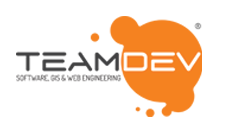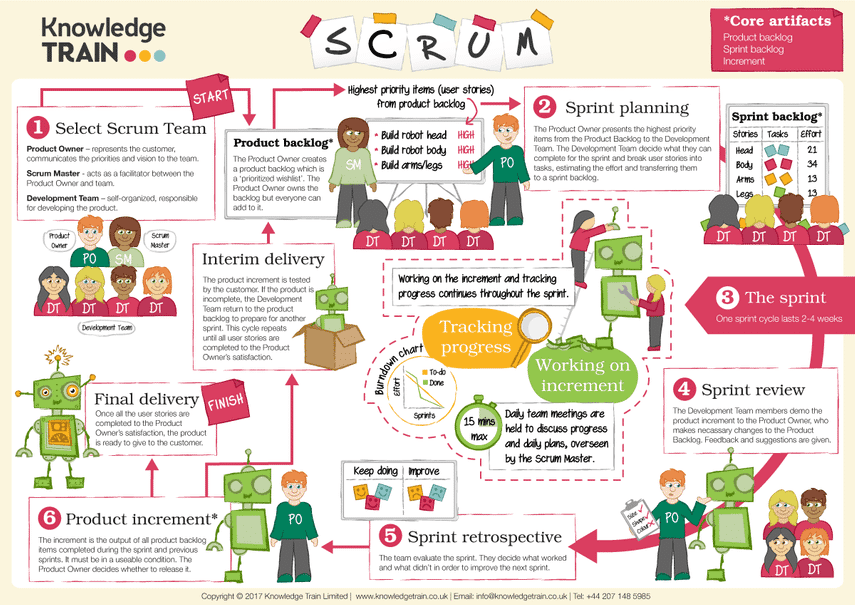Agile is a philosophy, an approach, which is applied through specific methodologies and is implemented with specific tools and techniques.
Conceived in the software development field, the Agile philosophy has gone from being “emerging” to becoming mainstream, in the last decade. Through its great adaptability, it has also been introduced to the Project and Service Management practice.
It contains a set of methods and practices that start from the Agile Manifesto (“Manifesto for the agile development of software”), drawn up in 2001, and which share among them a vision enclosed in 12 Principles> https://agilemanifesto.org/
Agile is a philosophy, an approach, which is applied through specific methodologies and is implemented with specific tools and techniques.
Agile was born in opposition to the traditional waterfall process, which tends to place its emphasis on the definition of requirements and on the process, thus introducing a lightweight approach, where the essential part is based on the team involved, focused on achieving results quickly, following an iterative and collaborative approach, in which the customer is placed at the center of the development process.
We faithfully report what is illustrated in the Agile Manifesto:
Individuals and interactions more than processes and tools
Working software rather than exhaustive documentation
Collaboration with the client rather than contract negotiation
Responding to change more than following a plan
In an agile development process the result is delivered through short work cycles: this allows you to adapt the work in a timely manner, based on frequent feedback from the project buyers and users of the final product. And it allows greater customer satisfaction thanks to the continuous supply of already usable work packages.
This is achieved through interactions with stakeholders and continuous feedback, in order to release and subsequently refine the result. Planning, testing and continuous integration are the steps to improve all the aspects related to both the project and the software.
What emerges from a general vision of the Agile approach is the importance of the person, whether he is a member of the development team or the client, both are closely involved in the work phases and focused on the best final result, obtained through continuous and adaptive collaboration.
“”A face-to-face conversation is the most efficient and most effective way to communicate with the team and within the team.” [sixth Manifesto principle]
So with the term “agile” we can indicate those light and flexible development methodologies, which allow you to continuously review the specifications by adapting them during the progress of the software development, through an iterative and incremental framework, and a strong exchange of information and opinions between developers and with the client.
Among the frameworks used in Agile methodologies, the most common is SCRUM, a particular set of practices based on empirical control of processes through transparency, inspection and adaptation.
Curious to remember where the framework takes its name from: SCRUM is a sports term, specifically it comes from rugby, and defines the scrum, a very crowded formation of players who try to take possession of the ball with their heads down. In fact, the teams are small performing and cross-functional groups that share the ultimate goal, in which individuals can manage complicated adaptive problems while creating high-value products.
Using Agile philosophies is not so much about learning new techniques or tools but, above all, adopting a new mental approach. It’s about embracing a cultural change, a different approach to things.
More details on Agile Philosophy
Iscriviti alla Newsletter!
Ricevi in esclusiva le più rilevanti novità sull’Industria 4.0




